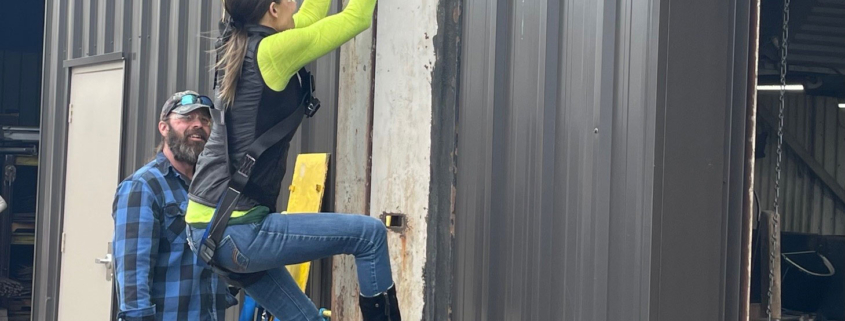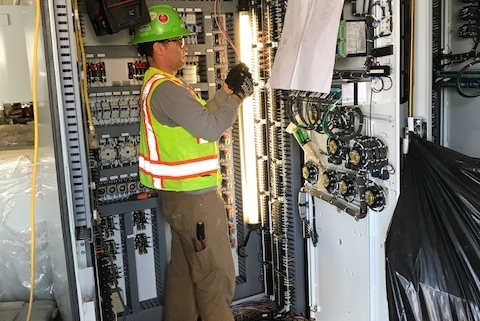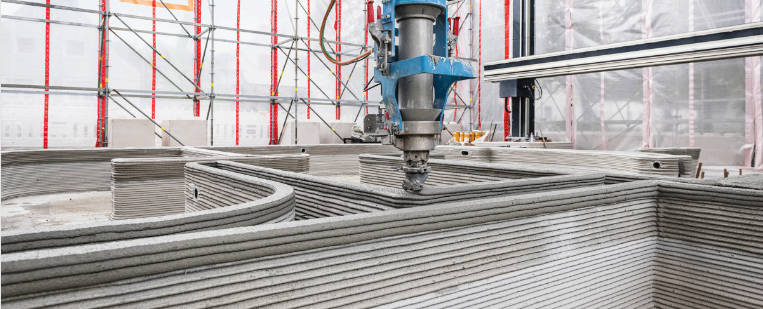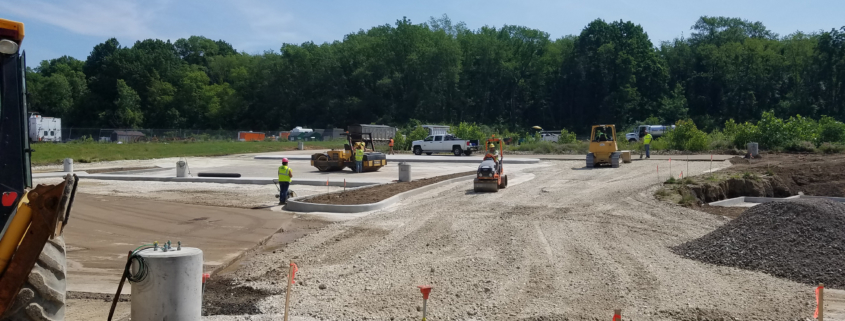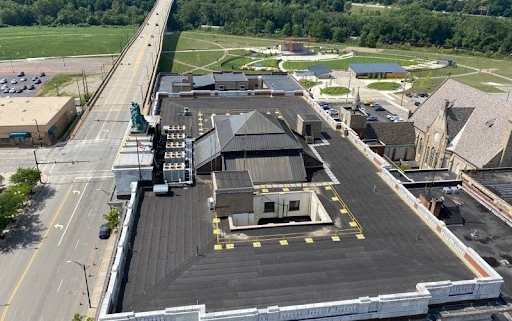At least 75 school counselors and teachers from the Mahoning Valley are now better equipped to guide students toward meaningful careers in the skilled trades.
They attended a presentation on March 28 at the Ironworkers Local 207 JAC Training Center in Boardman. It was hosted by The Builders Association, Mahoning Valley Skilled Trades and Western Reserve Building Trades.
“This is the kind of information counselors need to help students see what’s possible,” said Gary Hartman, association services director for The Builders Association. “It’s not just a job. This can be a career. This can be a future.”

The pathways and the payoff
Counselors learned about the selection process for apprenticeships, application procedures and entrance requirements.
Hartman emphasized that each trade operates a little differently. Some programs rely on ranked selection processes, others use “intent to hire” models, and some offer direct entry through pre-apprenticeship initiatives.
“There’s no big secret to getting into the trades anymore,” Hartman said. “The myth that you need to know someone or have a family connection is gone. If you’re capable and committed, the opportunity is there.”

He also highlighted resources like The Builders, Mahoning Valley Skilled Trades and Western Reserve Building Trades websites. They’re designed as one-stop shops for students and educators to explore apprenticeships, watch trade-specific videos and even apply online.
Hartman said earning while learning sets apprenticeship programs apart from other post-secondary paths.
“One of our recent cement mason apprentices paid cash for his first house after graduation,” he said. “He lived at home during his apprenticeship, worked hard and started his adult life debt-free. That’s the power of the trades.”
From the classroom to the real world
Maplewood High School counselor Stacey Best attended the training. While her district currently offers a woodshop program, she’s hoping for something more robust in the future.
“We want to keep our kids with us and give them more opportunities at school,” Best said. “A lot of students interested in the trades end up going to TCTC.”
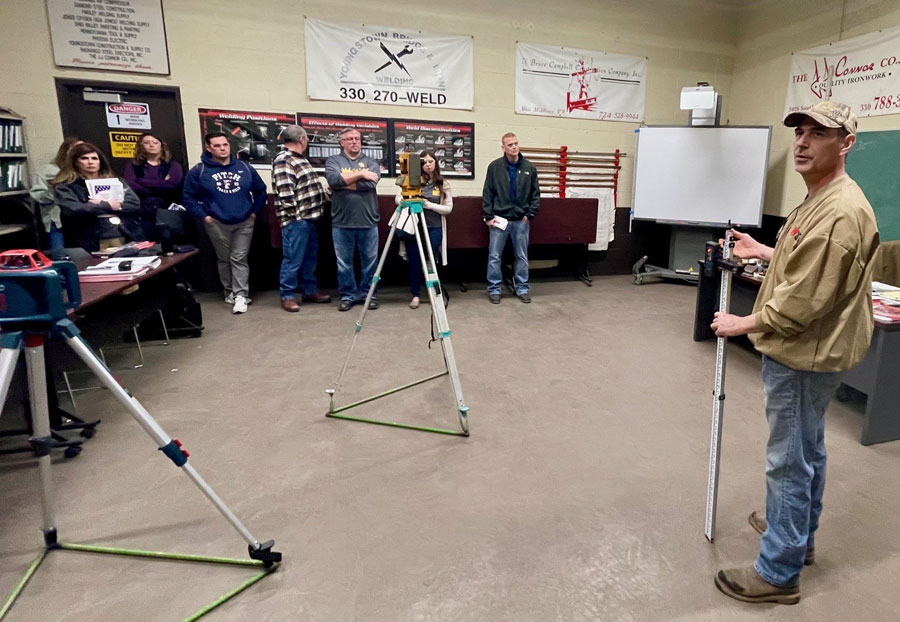
After the presentation, counselors toured the Ironworkers’ training facility. Apprentices demonstrated the tools they use and even showcased how they climb a structural beam.
A couple of adventurous educators tried it for themselves, including Tina Bollinger, a math and Career Connections pre-apprenticeship teacher at Beaver Local. She successfully inched her way up part of the beam while others cheered her on.
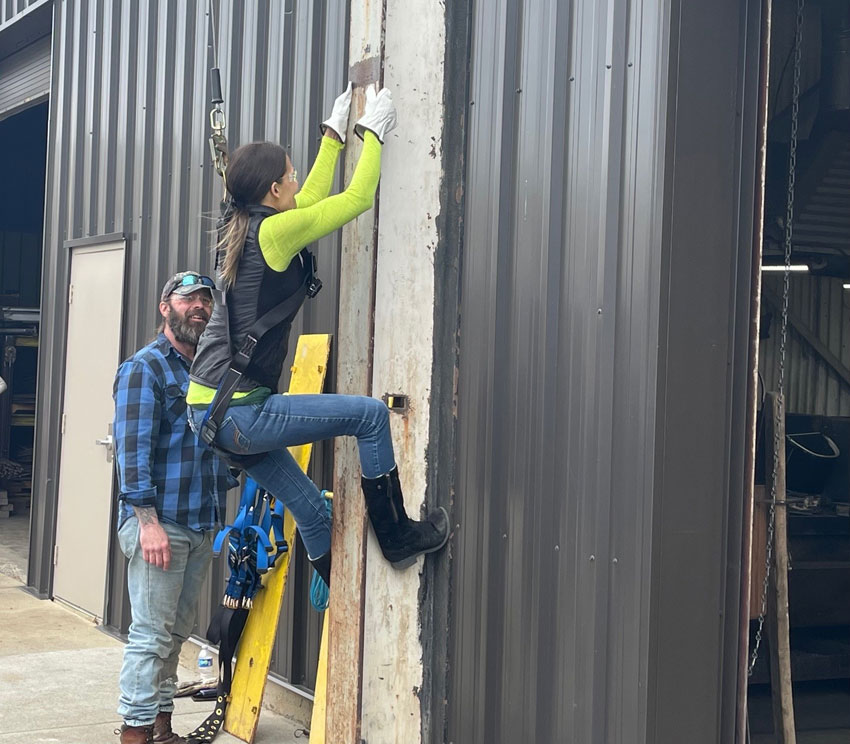
The trades need champions
Rick Green, the apprentice coordinator for Ironworkers Local 207, said events like this make a big impact.
“This was a huge opportunity,” Green said. “It’s one thing to hear about the trades, but to walk through the facility, talk to apprentices and see the training firsthand, it changes your perspective. That’s how we get the word out.”
As younger generations weigh their post-graduation paths, events like this are crucial in spotlighting skilled trades as viable, rewarding career options.
“This is how you build a future—one student, one skill, one opportunity at a time,” Hartman said.
For more information about apprenticeships or career pathways, contact Gary Hartman.

